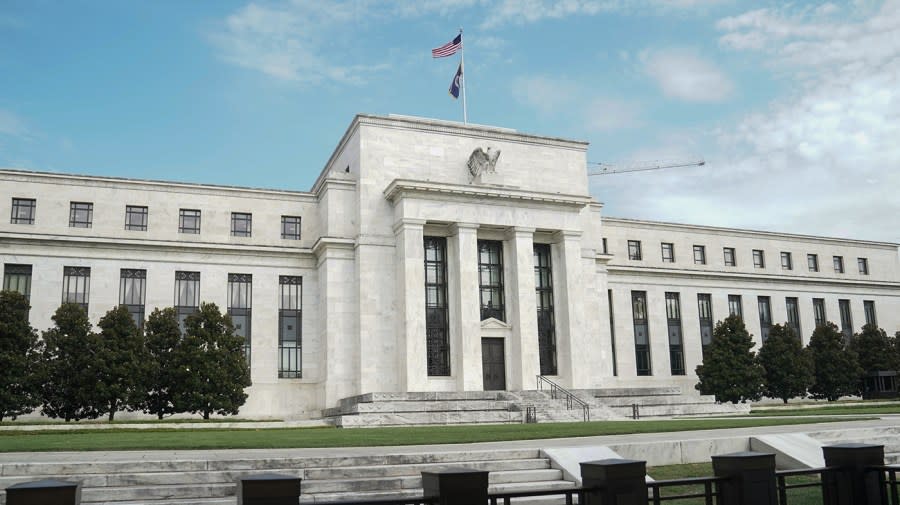Fed slows down rate hikes amid early signs of inflation easing

The Federal Reserve on Wednesday issued its smallest interest rate hike since June as the central bank attempts to curb high inflation without derailing a surprisingly resilient economy.
The Federal Open Market Committee (FOMC), the panel of Fed officials responsible for monetary policy, bumped up the bank’s baseline interest range by 0.5 percentage points Wednesday to a span of 4.25 to 4.5 percent. All 12 voting members of the FOMC approved the hike.
After issuing four straight rate hikes of 0.75 percentage points earlier in the year, the Fed’s less aggressive Wednesday increase marks a turning point in its battle with high inflation.
Even so, U.S. households will still see rates on mortgages, auto loans and credit cards rise well into next year. And Fed leaders are on track to keep interest rates high until inflation is finally quashed for good.
“We’ve taken forceful actions to tighten the stance of monetary policy. We’ve covered a lot of ground and the full effects of our rapid tightening so far are yet to be felt. Even so, we have more work to do,” said Fed Chairman Jerome Powell at press conference following the announcement.
FOMC members now expect to hike interest rates to a span of 5 to 5.25 percent by the end of next year, according to projections released Wednesday, up from the 4.5 to 4.75 range officials projected in September.
Fed officials do not expect to begin cutting interest rates again until 2024, according to the latest projections.
“The committee decided to raise interest rates by 50 basis points today — a step down from the 75 basis point pace seen over the previous four meetings. Of course, 50 basis points is still a historically large increase, and we still have some ways to go,” Powell said.
“What we’re writing down today is our best estimate of what we think that that peak rate will be based on what we know,” Powell continued, adding that if inflation data “come in worse, that could move up. It could move down if inflation data” soften.
Fed officials are attempting to balance promising signs of inflation slowing with concerns about a strong economy spurring it higher.
The annual inflation rate as measured by the consumer price index fell to 7.1 percent in November from 7.7 percent in October, according to data released Tuesday by the Labor Department. While annual inflation has fallen well below its peak of 9.1 percent in June, it’s still much higher than the Fed’s target of 2 percent.
With inflation still high, Fed officials have been reluctant to ease up on interest rate hikes, which are meant to reduce inflation by slowing the economy. Higher interest rates leave households and businesses with less money to spend, forcing businesses to freeze or cut prices to compensate for the drop in sales.
While Fed’s rapid rate hikes have triggered a severe slowdown in the housing sector and a decline in stock values, the rest of the economy has held strong. The U.S. is still adding more than 200,000 jobs a month, consumer spending is still rising and retail sales have held strong.
But many economists are still fearful that the combination of higher interest rates, slowing growth abroad and delayed impacts of Fed rate hikes will tip the U.S. into recession if the Fed doesn’t relieve some pressure on the economy.
Fed officials also appear to be losing faith in their ability to curb inflation without a blow to the U.S. economy.
The FOMC’s median estimate of the December 2023 unemployment rate was 4.6 percent, up from a September estimate of 4.4 percent and much higher than the November 2022 jobless rate of 3.7 percent. Fed officials also projected gross domestic product growth of just 0.5 percent for 2023, which would keep the U.S. barely out of a retraction.
Updated at 2:44 p.m.
For the latest news, weather, sports, and streaming video, head to The Hill.

